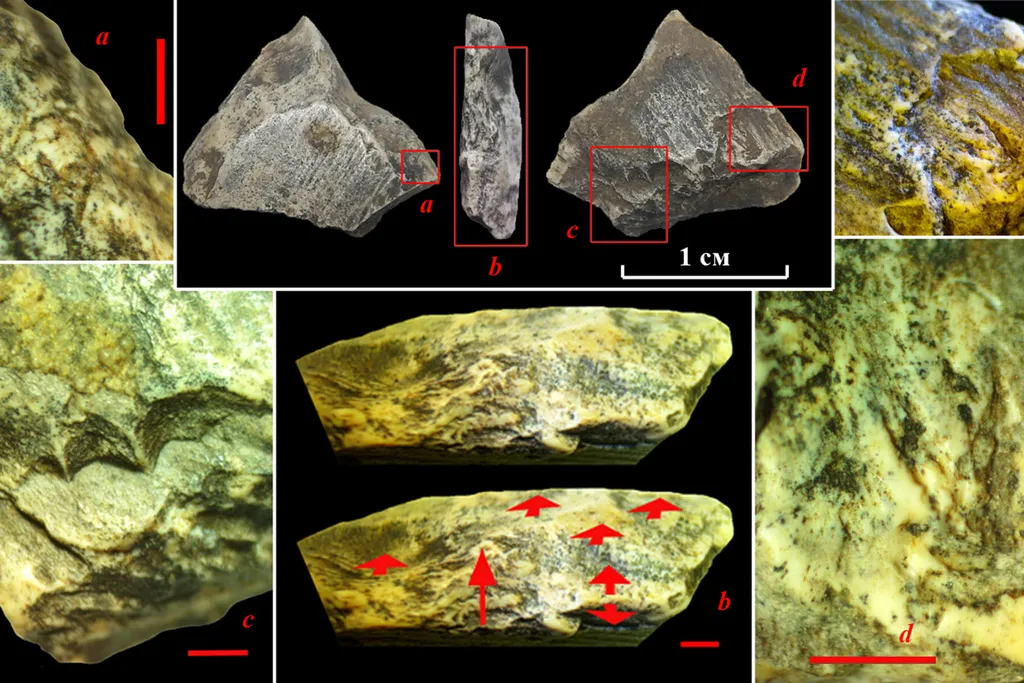
WWW.MACWORLD.COM
Will the iPad survive its ‘Mac-over’? I’m afraid it won’t
Macworld
For all the optimism when it launched, it’s pretty clear that Apple doesn’t really know what to do with the iPad these days.
You can’t kill off a product that brings in $8 billion in a good quarter and effortlessly dominates its market, but by the company’s lofty standards, the iPad has never been a true commercial blockbuster and likely never will. It’s also difficult to market a device with two distinct audiences: creative professionals, who are relatively few in number, and casual users, who upgrade once in a blue moon and avoid the higher-margin models. Overall, it’s a bit of a nightmare.
Last week a report from Bloomberg leaker Mark Gurman pointed to one possible solution: Apple is going to make the iPad a whole lot more like the Mac. In the iPadOS 19 update, which will be announced at WWDC25 this June, the company will reportedly address “productivity, multitasking, and app window management” by adopting elements of macOS’s interface and navigation. Not by installing macOS on iPads, to be clear, but by bringing iPadOS closer to macOS.
Details remain rather vague at this point, and as usual, we must point out that plans can change and that radical makeovers of this sort are prone to be shelved when the going gets tough. But my reaction to the idea as it stands right now is twofold: something definitely needs to change, and this could go very, very wrong.
Partly I’m worried that what works on one hardware format won’t necessarily work on another. The Mac’s windowing system evolved as the easiest system to navigate using a mouse and keyboard, not a touchscreen. (The iPad can use a mouse and keyboard as optional accessories, of course, but its OS still needs to work primarily via touch.) If it was that easy to cross formats, we would have had a hybrid Mac/iPad a long time ago.
But my biggest concern comes down to that bifurcated market I mentioned earlier. Most creative pros are not merely Mac users but Mac power users, accustomed to getting the most out of Apple’s most advanced desktops and laptops, and I’m sure this group of customers will appreciate the iPad getting a Mac-style window management system (assuming it’s done right). But the majority of iPad owners are, I would argue, far less comfortable with complex interfaces and indeed choose to use Apple’s tablet in preference to a MacBook or big-screen iPhone precisely because of its simplicity. They don’t want to drill down through file management structures or tweak settings at a granular level. The iPad’s selling point for most customers is its lack of faff.
Maybe Cupertino has decided it doesn’t want to pursue the casual tablet market any longer. That wouldn’t be entirely out of character: the launch of the iPhone 16e earlier this year implied a willingness to abandon the budget smartphone market and focus on a smaller number of more profitable sales at the middle and upper end. Casual iPad users tend to buy the cheapest model and then hang on to it for many years, and it would be understandable if Apple decided to let Samsung or OnePlus have that market. I can’t imagine pro tablet users are numerous enough to bring in $8 billion per quarter, but focusing on that segment rather than the tablet market as a whole would free up resources for other areas of interest.
What’s more likely is that the iPad lineup will split in two.
The simplest approach would be to make the new Mac-esque productivity features and windows management system in iPadOS 19 an M-series chip exclusive, optional, and activated by default on devices that support it. Hence, an iPad Pro out of the box would behave more like a Mac, while letting you go back to the classic interface if you wish, perhaps when you don’t have access to a separate mouse and/or keyboard. Budget iPad and iPad mini owners, meanwhile, would never realize anything had changed. Apple would start to approach the iPad as two separate products, which it effectively has been since the first iPad Pro came out in 2015, but the branding to anyone outside the company would remain unified. It would be a matter of selling the interface refresh as an upgrade.
A bolder strategy would be to actually start branding the standard and Pro iPads as separate lines. You could split them at the OS level, much as Apple divided iOS and iPadOS in 2019, and call the new interface… createOS, perhaps. You could go further and split the hardware too, and stop using the iPad brand for one section of the lineup. I’d love to see Apple launch a new MacPad at WWDC25 as a replacement for the iPad Pro, then market that as the tool of choice for creative pros on the go.
Too big to kill, too awkward to love, Cupertino’s red-headed stepchild needs a new approach, and soon. Keeping the iPad the same risks alienating pro users, while bringing it closer to the Mac risks alienating everyone else. Maybe the time is ripe to accept that the iPad is two products, not one, and treat it as such.
Foundry
Welcome to our weekly Apple Breakfast column, which includes all the Apple news you missed last week in a handy bite-sized roundup. We call it Apple Breakfast because we think it goes great with a Monday morning cup of coffee or tea, but it’s cool if you want to give it a read during lunch or dinner hours too.
Trending: Top stories
Apple is doomed because it can’t have any fun anymore.
How will Apple improve its AI while protecting your privacy?
You’re going to hate the new iOS 19 design, and that’s okay.
This custom Apple Pencil Pro looks like a crayon and costs $215.
Reviews corner
Best Mac backup software: Top backup apps compared.
Shure MV7i review: An all-in-one mic for podcasts and music.
CalDigit Thunderbolt 5 Element 5 Hub review: Easily our top-rated Thunderbolt 5 hub/mini dock.
The rumor mill
The iPad update of our dreams is finally coming (we hope).
Apple is working on a new Vision headset made for the Mac.
Software updates, bugs, and problems
Apple Maps on the web expands access to more devices and browsers.
And with that, we’re done for this week’s Apple Breakfast. If you’d like to get regular roundups, sign up for our newsletters, including our new email from The Macalope–an irreverent, humorous take on the latest news and rumors from a half-man, half-mythical Mac beast. You can also follow us on Facebook, Threads, Bluesky, or X for discussion of breaking Apple news stories. See you next Monday, and stay Appley.
0 Commentarii
0 Distribuiri
13 Views












